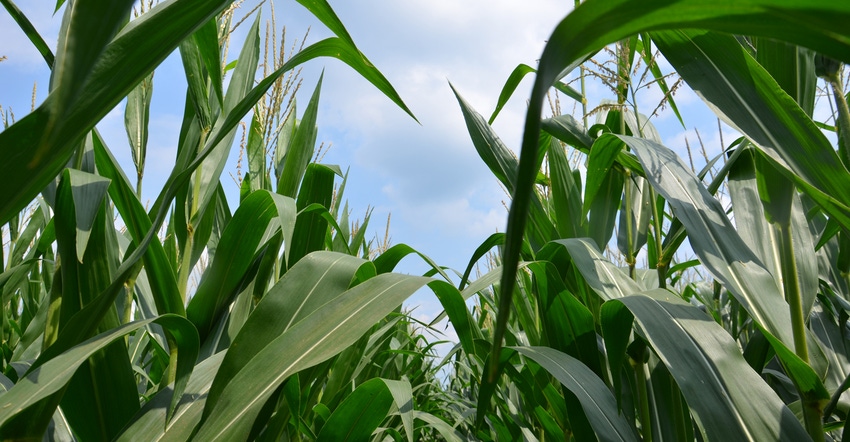November 3, 2017

Many scientists in the world believe our planet is getting warmer. I haven’t seen so many “bad” hurricanes in any one season as what we’ve seen this year. Can we blame it all on Mother Nature, or are humans contributing to the situation?
Our presidential elections last year and subsequent actions have brought the discussion about global warming in focus. Is global warming real or a hoax? If it is real, what effects will it have on our “climate change”?
Many people in the U.S. absolutely don’t believe in global warming. If you try to convince them with scientific data, they accept it, but most of them don’t believe humans have anything to do with it. They hold Mother Nature completely responsible.
Closer look
How does global warming take place? Perhaps it’s mostly due to the natural phenomena that have been occurring through ages for millions of years. However, our Industrial Revolution has caused a greenhouse effect that traps water vapor, and an increase in the amounts of carbon dioxide, nitrous oxide and methane in the atmosphere. Some of that can be attributed to fossil fuels.
Carbon dioxide is released through natural processes like respiration and volcanic eruptions, deforestation, and burning. Methane is produced by humans, animals and decomposition of waste in landfills. It’s also caused by livestock, nitric acid production, biomass burning, and use of commercial and organic fertilizers.
These gases act as a thermal blanket for the Earth, absorbing heat and warming the surface — which has warming effects on our environment. Chlorofluorocarbons, which are synthetic compounds created entirely by industry, contribute to the destruction of the Earth’s protective ozone layer.
This causes a great deal of pollution in some parts of the world like China, Japan and India, and even some U.S. cities like Los Angeles. Sometimes it gets so bad that people have to wear masks to breathe. Of course, you can argue that a volcanic eruption in Hawaii, Italy, New Zealand or Washington state can cause a lot of pollution in a hurry, too!
My beliefs
I looked at the temperature data in central Indiana for the last four growing seasons, and it appears there may be a warming trend indeed. I don’t think we can blame Mother Nature for all global warming.
I think pollution caused by humans may have some part in it.
That leads to important questions. What are we going to do about it? How are we going to adapt to the changing environment?
It also leaves those of us who work in production agriculture asking questions about the future of growing crops. How will our crops be affected by global warming? How are we going to adapt our farming practices to the changing environment?
Denmark is putting up wind turbines in the oceans and building pollution-free power plants. China is busy putting up more solar panels every day to reduce pollution in that country. We need to adapt to the changing environment if we want to survive and flourish!
Nanda is president of Agronomic Crops Consultants LLC. Email him at [email protected] or call 317-910-9876.
About the Author(s)
You May Also Like






